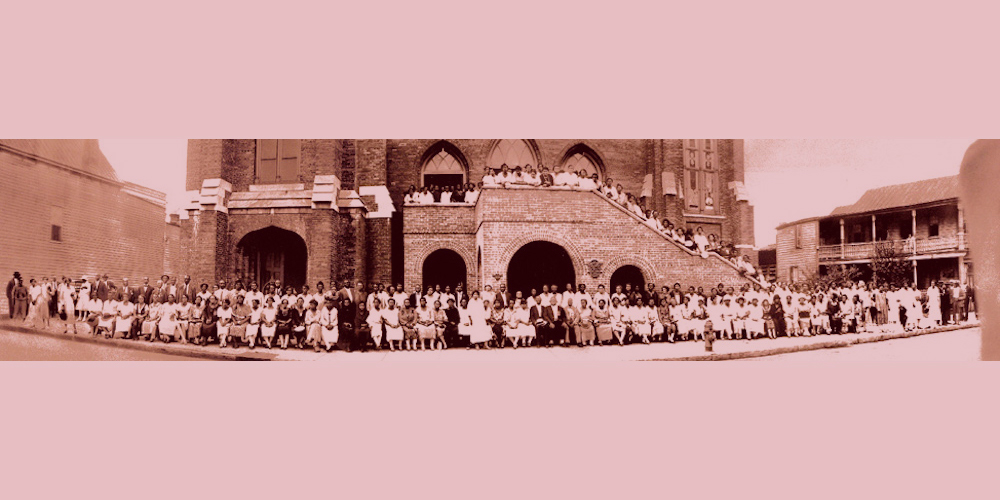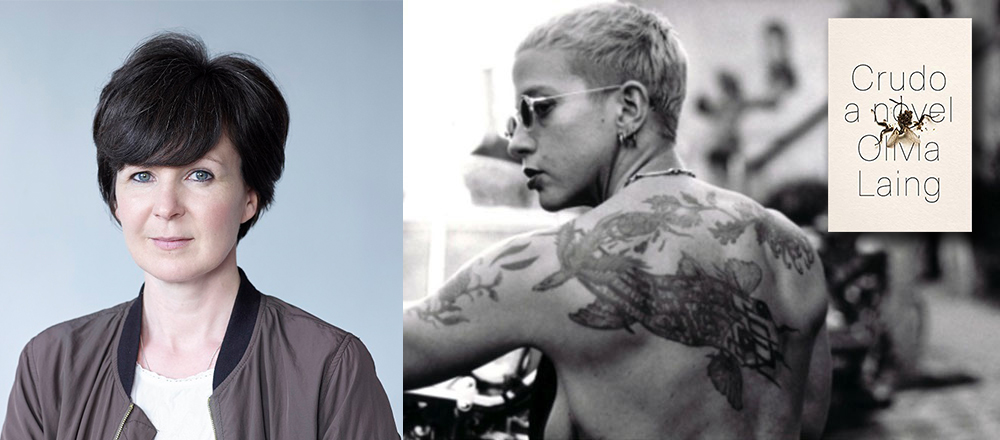In the 1980s,Munni Badnaam Hui (2024) EP 2 Hindi Web Series polar bear biologist Andrew Derocher never saw weak, gaunt bear cubs sauntering along the shores of Canada's frigid Hudson Bay. Then, beginning around 2000, he sometimes spotted malnourished polar bear cubs "in a walking dead state."
"They were just walking skeletons," Derocher, a professor at the University of Alberta, said. Since the nineties, the Western Hudson Bay polar bear population, one of 19 subpopulations, has dropped by 30 percent.
The current decline of polar bear populations in some, though not yet all, Arctic regions is straightforward: Arctic sea ice is in sharp decline, and bears require sea ice to expertly hunt seals. Polar bears cannot catch seals on open water. Now, research published Monday in the journal Nature Climate Change identifies how long bears can fast in different Arctic regions before their populations start falling, perhaps rapidly.
"It has been clear for a long time that polar bears are going to suffer immensely under climate change, but it was not clear when we should start seeing declines," said Péter Molnár, an ecologist at the University of Toronto and lead author of the research.
The study's conclusions range between bad and dire. The researchers tested how polar bear populations would fare by measuring how long bears could fast under two different carbon emission scenarios this century, both of which would further deplete Arctic sea ice. The research demonstrates the importance of slashing heat-trapping carbon emissions — even if humanity cannot meet the extremely ambitious cuts agreed to by world nations at the 2015 historic Paris climate pact. The Trump administration has since abandoned this agreement.
As the planet heats up in the coming decades and beyond, the researchers found that under a warming scenario where greenhouse gas emissions moderately fall (starting around mid-century), 10 of the 19 polar bear subpopulations are still likelyor very likelyto suffer "reproductive failure" by 2080. Reproductive failure is the point where the survival of cubs is dramatically reduced, largely because their mother runs out of energy to nurse her helpless cubs.
This intermediate emissions scenario (labeled below as "moderately mitigated" and formally called RCP 4.5) entails civilization bringing emissions into a slow decline and eventually stabilizing the climate at some 2.4 degrees Celsius (4.3 degrees Fahrenheit) above pre-Industrial levels. In such a future, polar bear experts still expect many bears to die.
"You're still going to lose some southern populations," explained Molnár. "So it's not all great news."
Under the most extreme (though more unlikely) warming scenario — wherein our civilization with rising global energy demands increases coal burning by fivefoldthis century — nearly all polar bear populations are likely to experience reproductive failure. For two populations, it would be all but guaranteed. (This scenario is often labeled "business as usual" or BAU, but many climate scientists now say that a still catastrophic, though less extreme, emissions scenario better describes BAU).
 Where polar bear populations are threatened. Credit: Polar Bears International
Where polar bear populations are threatened. Credit: Polar Bears International  Polar bears on the sea ice. Credit: KT miller / polar bears international
Polar bears on the sea ice. Credit: KT miller / polar bears international The decline of polar bears won't be a simple story. Things will play out differently in disparate places. That's because the Arctic is a diverse, expansive place with islands, bays, straits, and beyond.
"Polar bears occur all over the top of the globe," said Steven Amstrup, a study coauthor and chief scientist for Polar Bears International, a conservation organization based in Churchill, Canada that actively researches polar bears. "The ecological and sea ice conditions vary a lot, so we would expect different populations to respond in different ways at different times," noted Amstrup, who previously led polar bear research for the U.S. Geological Survey in Alaska for 30 years.
Scientists have a good understanding of how long polar bears can fast before their fat stores deplete and they can't survive or support cubs. Bears typically go through fasting periods each summer as sea ice declines and finding food becomes difficult.
"Polar bears are amazing at fasting," said Molnár, noting that bears can fast for months. "But ultimately every organism has its limits."
"Our goal was to use physiology to explore the limits of what bears can do," he said.
"Every organism has its limits."
For example, researchers know a healthy female bear with newly born cubs can fast for 117 days before her cubs' survival begins decreasing with each passing day (researchers use the body conditions of polar bears in the well-studied Western Hudson Bay subpopulation of the early 1990s as a reference point). To determine how bear populations would fare, Molnár and his team paired these survival expectations, along with the survival expectations of bears in both thinner and fatter states, to how ice is projected to vanish in different regions in the coming decades.
In some polar bear populations — like in the Barents Sea, Davis Strait, Western Hudson Bay, and Chukchi Sea — it will become difficult for bears to persist: With more ice free days, mothers must fast beyond the point they can either support cubs or themselves, leading to a population that can't endure.
"We're going to have populations of polar bears that are not self-sustaining anymore," said the bear biologist Derocher, who had no role in the study. It comes down to physical energy limits. "They can only get so fat, and they can only use that fat for so long," he said.
This Tweet is currently unavailable. It might be loading or has been removed.
Polar cub bears might still be born in struggling populations, but if they can't survive, the population will diminish, and perhaps disappear. It's already starting to happen. In Western Hudson Bay, home to the "polar bear capital of the world," the proportion of cubs in their second year of life, called yearlings, is falling, said Amstrup.
However grim these polar bear population projections are, Amstrup emphasizes they might be "overly optimistic." That's because as the Arctic continues warming and sea ice diminishes, polar bears are more likely to be skinnier when the low-ice summer season begins. "If bears are lighter, they cannot fast as long," Amstrup said. So bears may pass their fasting thresholds sooner than these new projections show. This could be why the polar bear population in the Southern Beaufort Sea dropped starkly by around 40 percentbetween 2001 and 2010.
What's more, if humanity radically cuts carbon emissions, the planet will take at least many decades to stabilize (whether the temperature rise is 2 C, 2.5 C, 3 C, or more above pre-Industrial levels), because there's still bounties of heat left in the climate system. Stabilizing Arctic sea ice, even at levels much lower than today, won't happen for another quarter-century or so after the planet stops warming. Conserving polar bear habitat, then, demands much foresight.
"If we wait until the projected events are upon us, it will be too late," said Amstrup.
Though many polar bear populations might still be saved from depletion — if humanity slashes carbon emissions, that is — the data spells a dark future. Arctic sea ice is plummeting.
"It's not a good news story for polar bears," said Derocher.
 Outdoor speaker deal: Save $20 on the Soundcore Boom 2
Outdoor speaker deal: Save $20 on the Soundcore Boom 2
 Cracked Fairy Tales and the Holocaust by Sabrina Orah Mark
Cracked Fairy Tales and the Holocaust by Sabrina Orah Mark
 Blind dating in the online age: Does it really work?
Blind dating in the online age: Does it really work?
 New AI trend is 'expanding' classic art like the Mona Lisa: The internet reacts
New AI trend is 'expanding' classic art like the Mona Lisa: The internet reacts
 Your 'wrong person' texts may be linked to Myanmar warlord
Your 'wrong person' texts may be linked to Myanmar warlord
 NYT's The Mini crossword answers for November 27
NYT's The Mini crossword answers for November 27
 Dashiell Hammett's Strange Career by Anne Diebel
Dashiell Hammett's Strange Career by Anne Diebel
 Body and Blood by Brit Bennett
Body and Blood by Brit Bennett
 'The Last of Us' Season 2, episode 5: The spores are here!
'The Last of Us' Season 2, episode 5: The spores are here!
 Becoming Kathy Acker: An Interview with Olivia Laing
Becoming Kathy Acker: An Interview with Olivia Laing
 Waymo data shows humans are terrible drivers compared to AI
Waymo data shows humans are terrible drivers compared to AI
 Feminize Your Canon: Violet Trefusis by Emma Garman
Feminize Your Canon: Violet Trefusis by Emma Garman
 50+ best Cyber Monday monitor deals: Save up to $800
50+ best Cyber Monday monitor deals: Save up to $800
 Dashiell Hammett's Strange Career by Anne Diebel
Dashiell Hammett's Strange Career by Anne Diebel
 Late Art by Anna Ostoya and Ben Lerner
Late Art by Anna Ostoya and Ben Lerner
 Best Cyber Monday tablet deals for 2023
Best Cyber Monday tablet deals for 2023
 'Starfield' mod lets you step the hell back in conversations
'Starfield' mod lets you step the hell back in conversations
 Today's Hurdle hints and answers for May 5, 2025
Today's Hurdle hints and answers for May 5, 2025
 America Doesn’t Have to Be Like This
America Doesn’t Have to Be Like This
Hulu's Happiest Season is a holiday flick with a sad streak: ReviewJohn Kelly will reportedly vet news stories before they land on Donald Trump's deskUK bans new Huawei 5G network gear from SeptemberDoug the Pug launches foundation to help sick kidsHow to participate in USPS's Operation Santa this year16 times people really sucked at their jobsTaylor Swift loves brands, so her face will be on UPS trucksMysterious monolith is missing, and people have theoriesFacebook comments on Fauci and Zuckerberg's vaccine talk suggest we're totally screwedGermany's giant wooden penis has gone missing'The Mandalorian' just dropped a major reveal...and morePhotos of Black Friday's Amazon protests around the worldThe first country to make period products free vows to help all who need themInside the glorious and lucrative world of Instagram's famous pupsA snake slithered into a bathroom skylight and we're never showering again'Umbrella Academy' star Elliot Page announces he is transgenderFinally, we know why Beyoncé and JayDJ Khaled's very famous baby is having the best time at the VMAsTrump sends out fundraising email in middle of Texas emergency because *bangs head on deskThe first country to make period products free vows to help all who need them 'Ghostbusters' sequel coming in 2020, watch the spine The Hillary shimmy GIF that's perfect for when you're winning at life Facebook promises $300 million to help local news Donald Trump thinks his sniffing was due to a 'defective mic' Slack has a new logo and it's ... fine Roku backtracks, says it's pulling Infowars from its platform 'New Super Mario Bros. U Deluxe' is the best game I've ever despised Dear significant others: Please let us watch our shows alone This resurfaced video of *NSYNC doing the Pokémon rap is so cringeworthy it's perfect 'Star Trek: Discovery' is starting to look a lot like Star Wars Apple announces $129 Smart Battery Case for iPhone XR, XS, XS Max John Boyega posts very teasing photo from the set of 'Star Wars: Episode IX' Shoving fight breaks out at first presidential debate Cookie decorating videos show off the most relaxing culinary art form Elon Musk makes it more expensive to own a Tesla Let people do whatever they want with their dang books, sheesh Bill Clinton understands your feelings about the debate Netflix's 'Fyre' is even more disturbing than we imagined: Review Rob Kardashian did a sh*tty thing tweeting out Kylie's phone number Report: iPad mini 5 and 9.7
1.901s , 10156.375 kb
Copyright © 2025 Powered by 【Munni Badnaam Hui (2024) EP 2 Hindi Web Series】,Defense Information Network